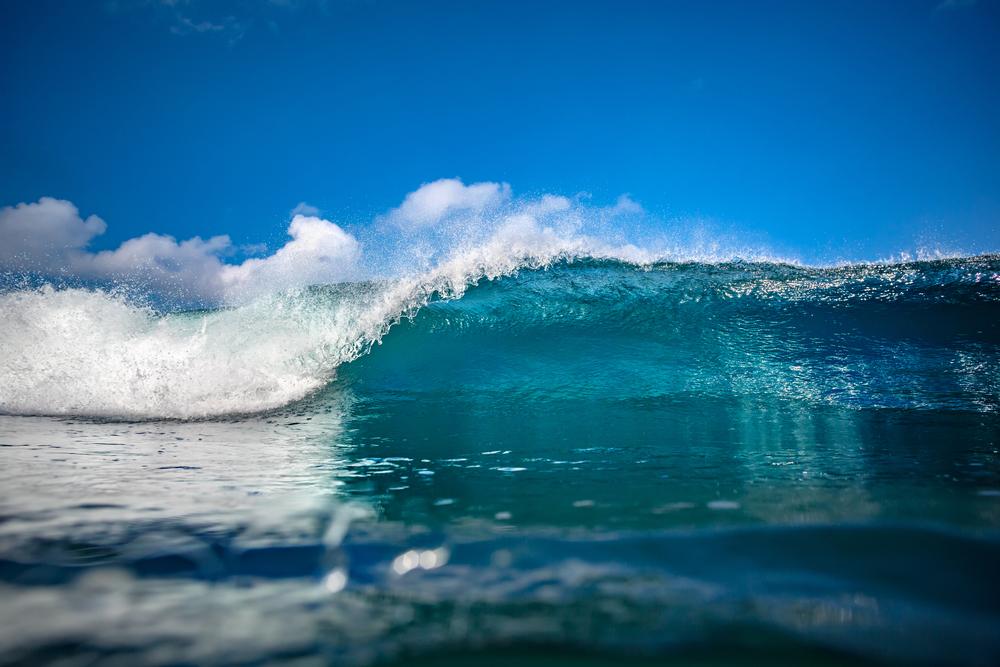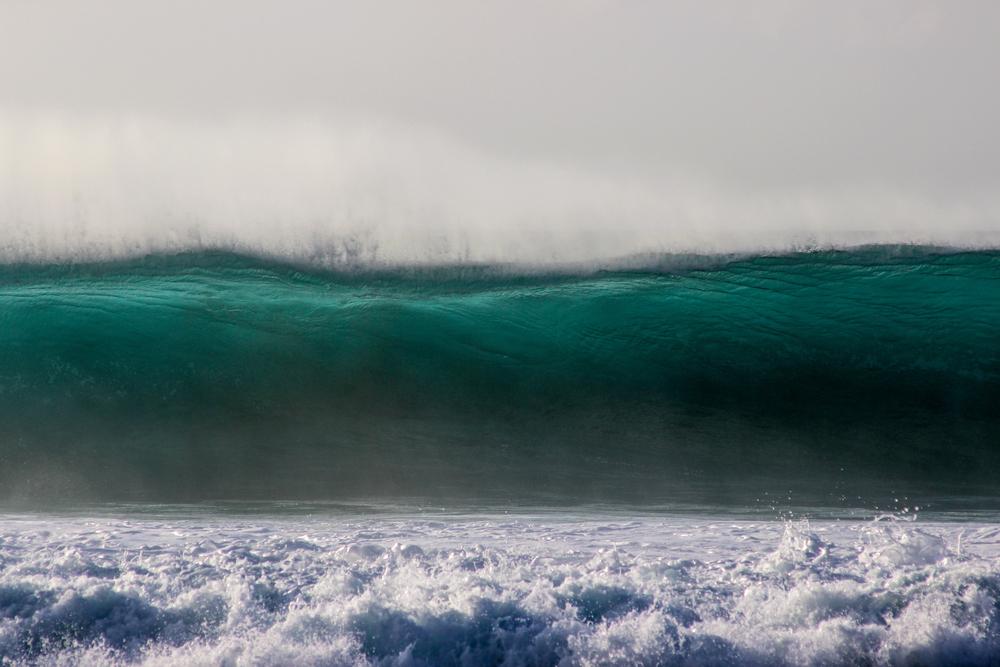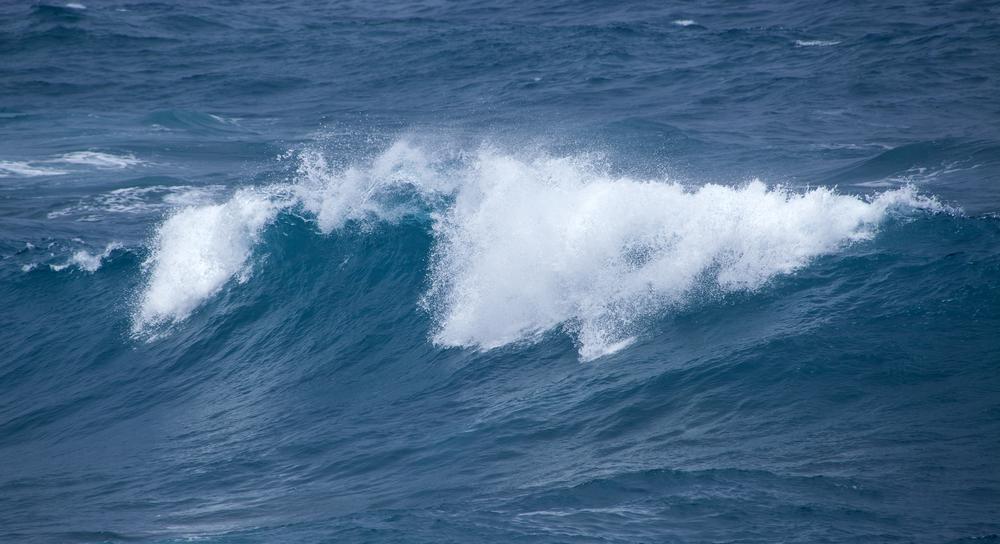
How sea waves form
Waves are always the result of mechanical action — for example, impact of the wind or a boat. In this new lesson of the Windy.app Meteorological Textbook (WMT) and newsletter for better weather forecasting you will learn more about how sea waves form.
If we don’t feel the wind but see the waves, it doesn’t mean that they are formed on their own, but most likely are the result of the storm, raging somewhere far from here. You can monitor the wind in real time on live wind map.
If you put your finger into the water, you will create circles, waves. This happens because we acted on the water mechanically. Wind affects water in the same way — mechanically.
Waves are formed because of the blowing wind, and then they roll over the entire surface. That is why we can see waves in a completely calm places. The set of unrest on the surface of the water formed by the “far away” wind is called a swell.
How is the swell formed?
Imagine a storm raging far away in the sea or ocean. Strong storm winds form heave on the water. The stronger is the wind, the greater is the force of the wave.
The possible size and the direction of the wave are determined by the wind, and the height depends on how strong and far the wind blows.
As a result, waves of various sizes move at various speeds on different distances from the wind blowing into the water. Along the path some small waves join together and form bigger ones, while others, on the contrary, are able to destroy each other, hitting and losing force.
Let us clarify one more effect: long waves spread further than short ones (for comparison, loud music can be heard far beyond the sound source). And we see waves of approximately the same size and force new the shore. This is the swell.
Some types of waves
Plunging waves are fast and sharp waves that are caused by the collapse of the swell with an obstacle. Basically, these waves appear in the places with an almost instantaneous vertical drop. For example, there is a huge rock or reef at the bottom. Swell hits the stone, the height of the wave increases sharply and it is wrapped in the process of movement.

Plunging waves
In case of Closeout, the wave closes, that is, “curl inside” along the entire length. This happens because the sandy shallow water reduces the speed of the wave, but the wind blowing towards the shore, on the contrary, overtakes it. Due to the “braking”, caused by the uneven bottom, there is a “curl” of the wave inside itself.

Closeout
Spilling waves are formed in case of the smooth decrease in depth. Water is slowly displaced upward and forms a smooth wave. Such waves slowly come to the shore, and their crest gradually spreads down. This type of wave is good for beginner surfers.

Spilling waves
The quality of the waves depends on the wind on the coast
If the wind blows from the shore towards the water — this is an offshore. Such a wind maintains waves from collapse and makes them sharper.
The wind blowing towards the shore is an onshore. Onshore blows off the peaks and causes the waves closure ahead of time. It is the most unwelcomed wind for surfers.
(The peak of the wave is the highest part of the wave).
The wind blowing along the shore is a cross-shore. In this case, everything depends on the force and direction of the wind. Such a wind can either slightly spoil the waves or ruin your vacation.
Text: Windy.app team
Cover photo: Unsplash
You will also find useful
Latest News
Professional Weather App
Get a detailed online 10 day weather forecast, live worldwide wind map and local weather reports from the most accurate weather models.
Compare spot conditions, ask locals in the app chat, discover meteo lessons, and share your experience in our Windy.app Community.
Be sure with Windy.app.



